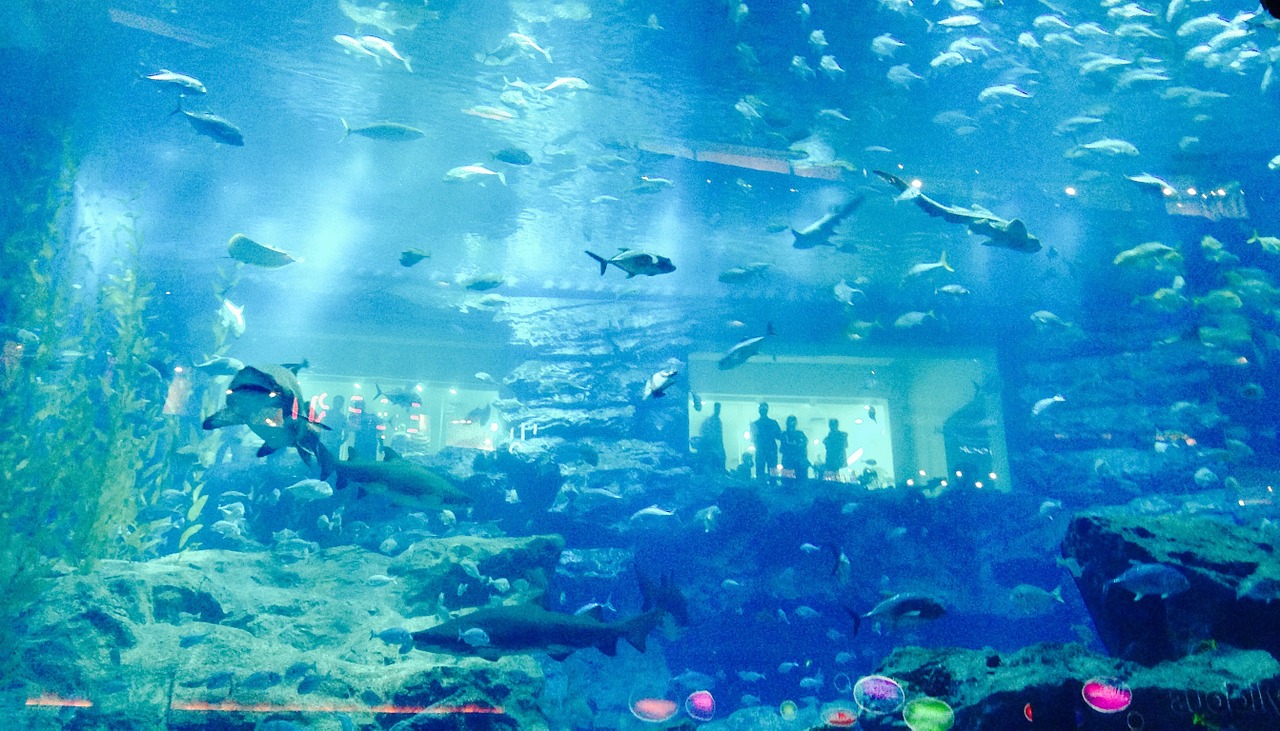Guides For Your Freshwater Fish Tank
- by Luke Jansen

A fish tank is an exciting thing to do. You can create beautiful aquascapes in your office or home. Do not be discouraged by the number of options and products that are available.
Navigating prospects can be complicated, but it’s easy to understand the basics. This checklist will help ensure everything in your fish-friendly aquarium is in good working order before you get your fish buddies.
1. Water Conditioner for Fish
It is essential to have the correct bacteria in the aquarium water. Water conditioners for fish are used to inoculate your tank. They provide the bacteria needed to digest the ammonia excreted from the aquarium inhabitants as waste.
Toxic ammonia can kill freshwater fish. The Fluval cycle’s biological enhancer can help you jumpstart the bacterial colonization of your tank and prevent it from becoming contaminated.
2. Fish Filter
Fluval aquarium power filters, designed to generate essential water movement, also provide three important types (mechanical, chemical, and biological) of filtration. Every kind of filtration offers its own set of benefits.
Mechanical filtration occurs when water passes through a fish-tank filter pad that traps particles. Chemical filtration is when water passes through activated carbon, which removes toxic substances. Finally, biological filtering occurs when the water is in contact with a medium containing healthy, nitrifying microbes. This reduces ammonia and makes it safe for your freshwater fish.
3. Aquarium Heater
Tropical fish require warm water. Think about it: If you think your house thermostat is set for 72 degrees Fahrenheit and the tank will be kept warm enough, think again.
Although your fish will still survive, it is essential to keep them healthy and happy. There are specific requirements for each species. However, the range of temperature that tropical fish need is between 75 and 80 degrees Fahrenheit. Fluval Submersible Glass Aquarium Heater will ensure that your freshwater fish tank is at the right temperature.
4. Air Pump
Water flow is essential because it promotes gas interchange between the air-water mixture. Fluval Air Pumps are great for aquariums. They oxygenate the water, making it easier for fishes to breathe. In addition, it helps ensure that the water is heated evenly and not stagnant warm water around heating elements.
 5. Substrate
5. Substrate
The substrate on fish tank filters not only looks good but also serves a functional purpose. In its simplest form, fish tank substrate provides another surface on which bacteria can thrive. You will need to have the correct substrate if your plants require covered roots.
There are many substrate options available. Therefore, it is essential to have a clear vision of what you want for your aquarium before deciding on the best substrate.
Polished gravel is an excellent choice for freshwater aquariums such as the Exotic Pebbles mixed gravel. However, if you intend to keep live plants inside your tank, bioactive substrate, such as the Activ Flora cultivated aquarium substrate, is an excellent way to boost plant growth.
6. Lighting
There are many lighting options that you can choose from for fish tank lighting. However, the prices and appearance of these lights vary greatly.
LED lights can be more expensive initially, but they last much longer than traditional compact fluorescent or CF bulbs. CurretUSA’s LED light for aquariums and satellite freshwater use LED lights. They also produce very little heat and consume very little energy.
7. Fish Aquarium Test Strips
After your aquarium cycles, you can test the water to see if it contains ammonia, nitrogen, and nitrate. Tetra EasyStrips 6-in-1 testing strips can be used to test water pH, hardness, or alkalinity.
Within 60 seconds, test strips provide a comprehensive picture of what is happening in your freshwater tank. This information is vital if you wish to keep your freshwater fish tank healthy.
When testing a tank for the first time, it is essential to note that pH, nitrate, and nitrate are critical readings. To be safe, nitrite should not usually be detected. Nitrate should also be as low or as possible. A neutral pH is considered safe. Freshwater fish can thrive in a pH range of 5.5-7.5, depending on their species.
Once you have determined the type of finned friend you wish to keep in your fish aquarium, everything else will fall into place. The best thing you can do for your fish tank is research what type of fish you prefer. Learn about where they are from, the water conditions they need, what foods they eat and how they interact with each other. This information can make it easier for you to create a suitable habitat.
If you are well prepared, aquarium keeping can be a fun hobby. Take it slow, do your research, and enjoy the ride.
A fish tank is an exciting thing to do. You can create beautiful aquascapes in your office or home. Do not be discouraged by the number of options and products that are available. Navigating prospects can be complicated, but it’s easy to understand the basics. This checklist will help ensure everything in your fish-friendly aquarium…

Get more stuff
Subscribe to our mailing list and get interesting stuff and updates to your email inbox.
Thank you for subscribing.
Something went wrong.
we respect your privacy and take protecting it seriously
